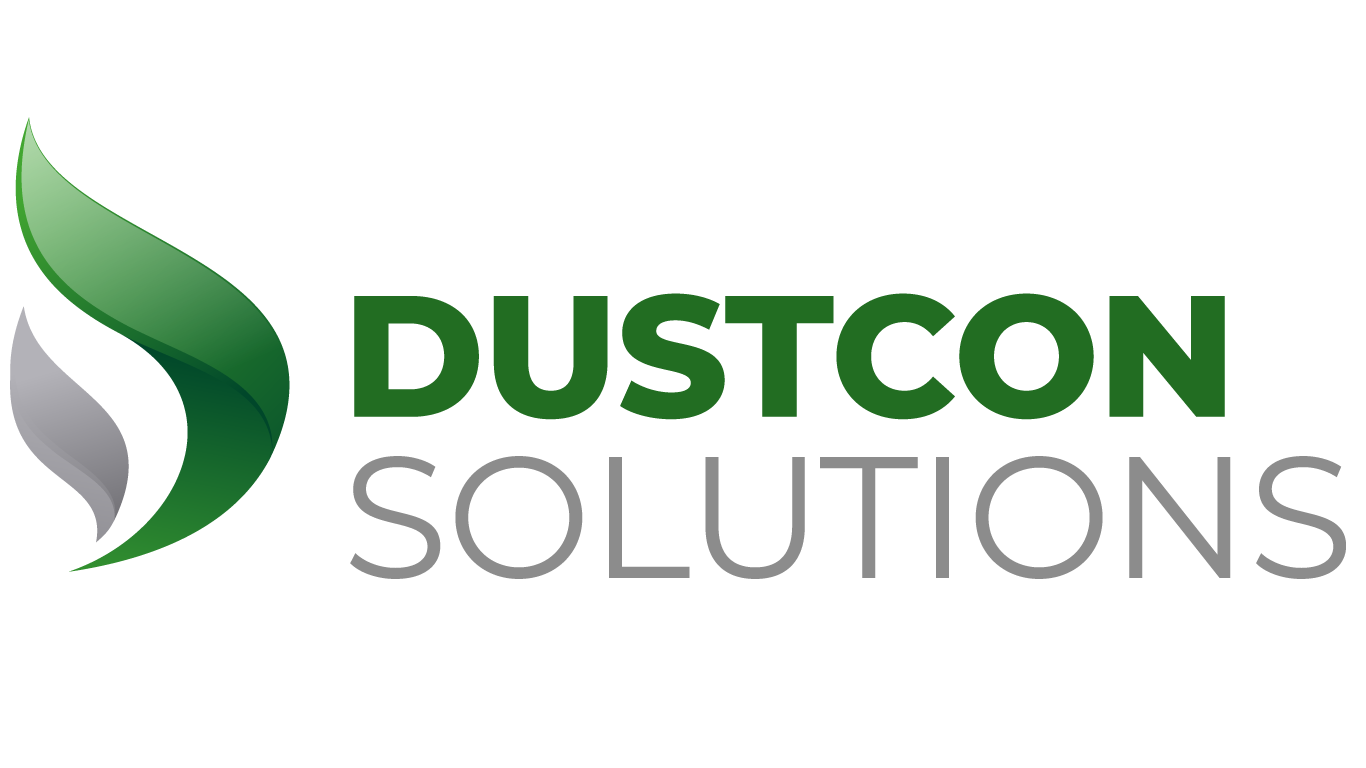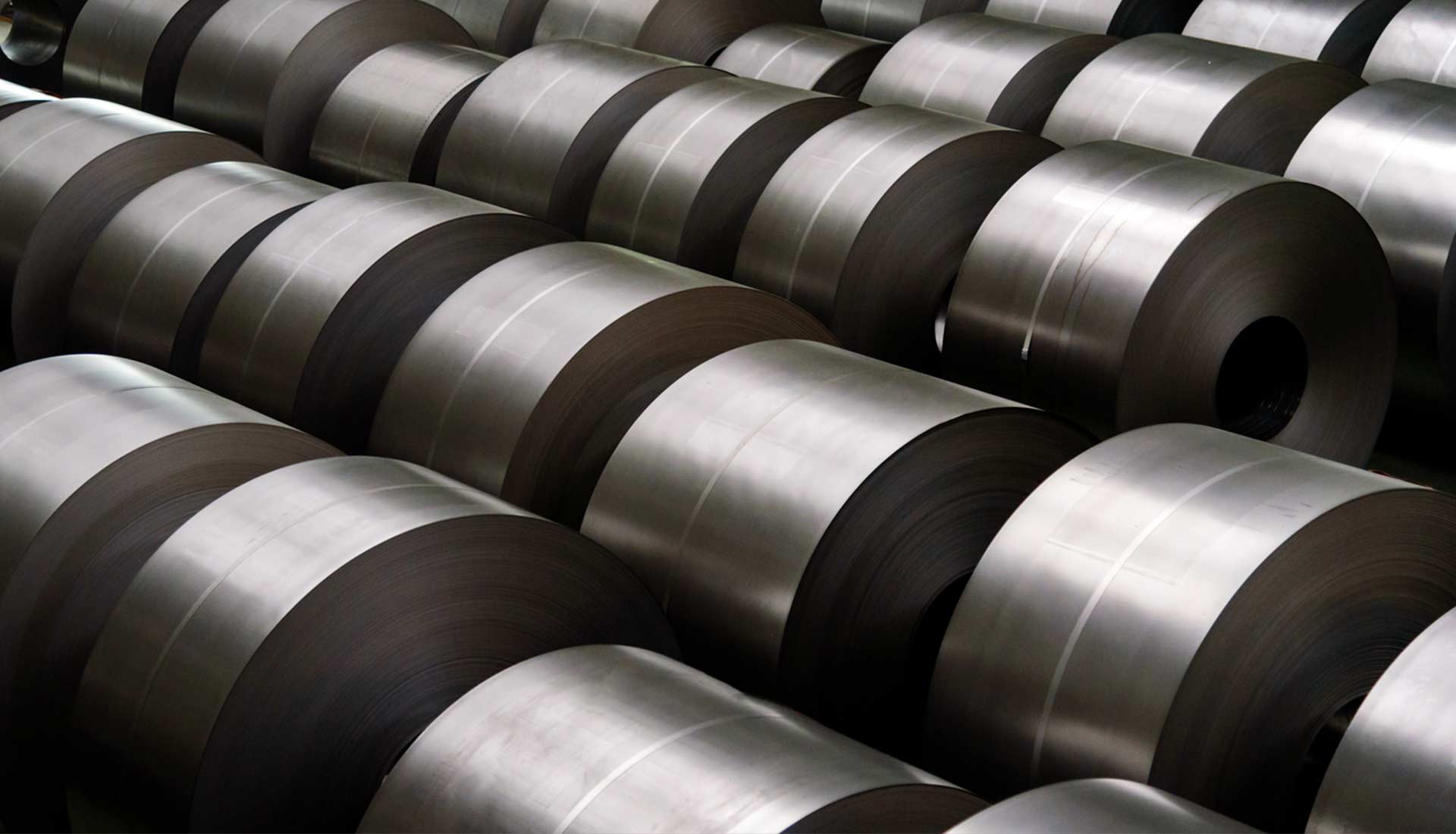

Addressing NFPA 652 Standard Regarding Combustible Dusts
Do you operate a facility that requires you to engage with substances that are dusty or powdery in nature? This may entail handling or processing such materials regularly. If yes, you should have completed your Dust Hazard Analysis (DHA) by September 7th, 2020, as per the NFPA 652 standard.
DHA Standards for New Facilities
The intricacies of the NFPA 652 standard were addressed several times before because we believe it is a crucial aspect that should not be overlooked. As stated above, the deadline for existing facilities to comply with the regulations was back on September 7th, 2020. In fact, during the period leading up to the deadline, owners and operators had to demonstrate adequate proof that they were making great progress with respect to the DHA. The question now arises as to what is expected from new facilities. Simply put, your DHA should have been completed by now.
Steps to Take to Comply with the Standard
Before we look at how to be DHA compliant, it is necessary to understand what a DHA is.
A Dust Hazard Assessment (DHA) helps identify various hazards in your facility including those concerning the powder/dust fire, deflagration, and even explosions. Once these hazards are identified, their management must be addressed by the DHA through actionable recommendations.
Organizations generally recruit external experts or specialists to conduct their DHA. Although this is not mandatory, it is necessary that a qualified person performs the assessment as per the standard. We have gradually realized that mere qualifications will not suffice if you want optimal results. Instead, it is highly recommended that you recruit an individual with extensive experience in conducting a dust explosion hazard assessment. Assessors without adequate experience often overlook or fail to notice pertinent issues such as subtle sources or areas of potential ignition, such as static electricity, self-heating, etc. A few even go overboard to provide expensive recommendations that are completely unnecessary.
It is necessary to understand the various underlying powder processes in order to perform a comprehensive and effective DHA. Thus, when identifying the potential hazards, the knowledge of the operating staff must be juxtaposed with the expertise of the specialist hired to assess your facility. Once the potential at-risk regions are identified, the next step entails the evaluation of the possible fire and deflagration scenarios. To do this, safe operating criteria must be identified and the presence of the requisite safeguards must be verified, including explosion relief venting, explosion isolation, and explosion suppression. If it is determined that the safeguards in place are not satisfactory, effective and actionable recommendations must be drafted. Moreover, the plan of action must also account for the proper and timely implementation of the recommendations that are offered.
Our years of experience assessing dust explosion risk have also led us to encounter owners or operators who are reluctant or resistant to incorporate best practices. This is particularly prevalent among individuals who have been working in the powder processing business for many years. They often claim that since the facility has been operating in the same manner for several decades without any explosions, the newly mandatory precautions are not really necessary. However, there are two reasons why this objection cannot be employed to avoid incorporating the suggested changes. Firstly, according to NFPA 652 [2019 Edition] clause 7.1.3, an entity cannot refuse to conduct a DHA merely on the basis that there were no prior incidents. Moreover, there is always a first time for anything, including a dust explosion. Many companies that report a dust explosion have not experienced it before.
Conclusion
It is highly recommended that your organization considers the potential advantages of obtaining test data on dust explosions pertaining to the materials employed in your facility. A DHA may sometimes be unnecessary for your facility because dusty powders are not all unstable or thermally reactive. However, if your facility handles and processes combustible powders, please note that the ‘explosion sensitivity’ and ‘explosion severity’ of different powders vary substantially. Thus, the precautionary measures required to mitigate potential hazards also vary, based on the powders used in a facility. This fact has been verified and validated by the dust explosion and combustibility testing we have conducted in our labs. While a particular powder cloud may barely glow despite the use of a blow torch, igniting certain other groups of powders may be significantly easier.
We highly recommend conducting a DHA if your facility either processes or interacts with dusty or combustible substances in any manner.


NFPA Compliance Undergoes Major Changes
The National Fire Prevention Association (NFPA) has outlined a dust collection system design that mu


Important Facets of NFPA 652
In the plastic industry, there are abundant powders that can transform into dust clouds that are exp


Addressing NFPA 652 Standard Regarding Combustible Dusts
Do you operate a facility that requires you to engage with substances that are dusty or powdery in n





